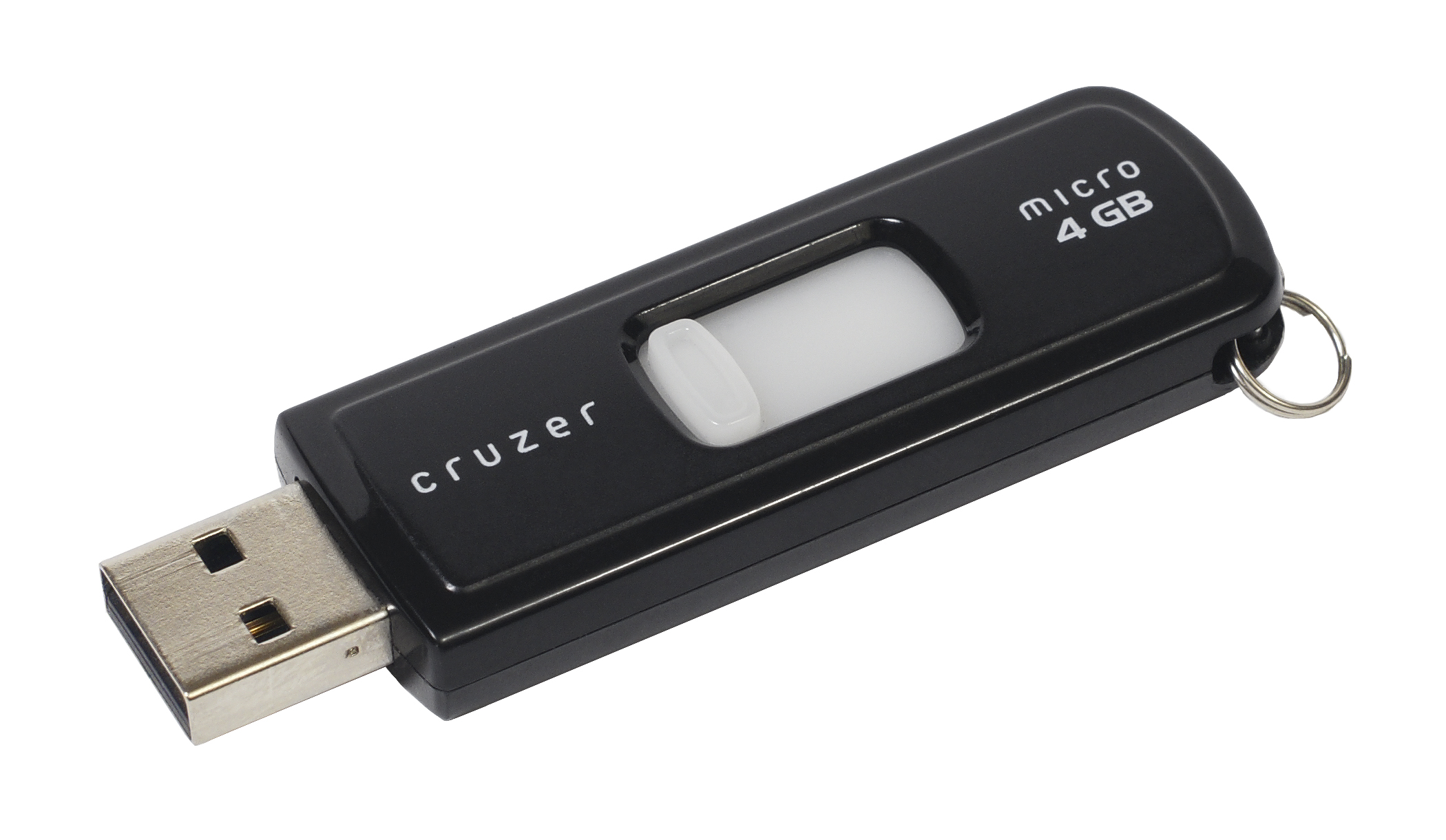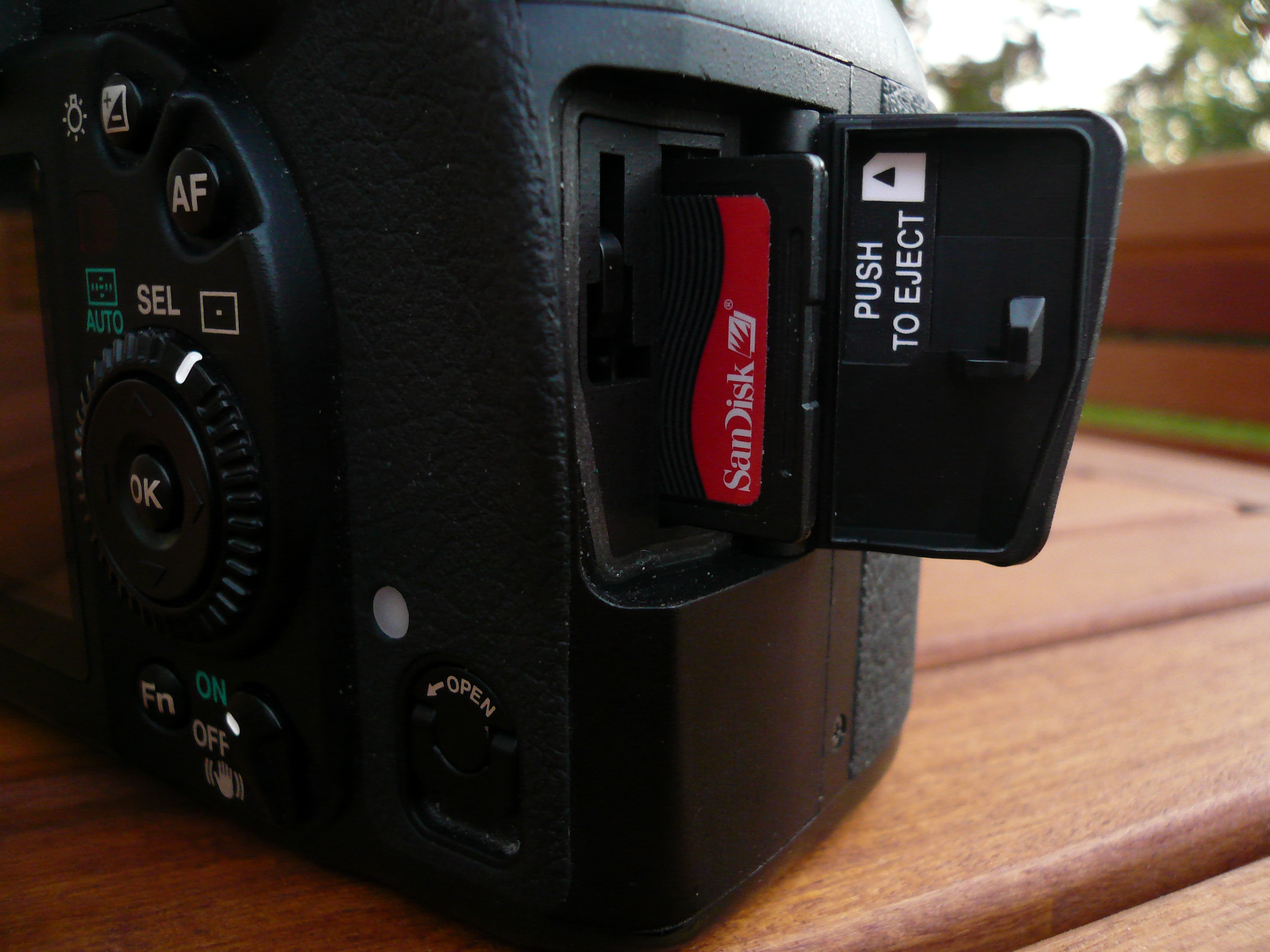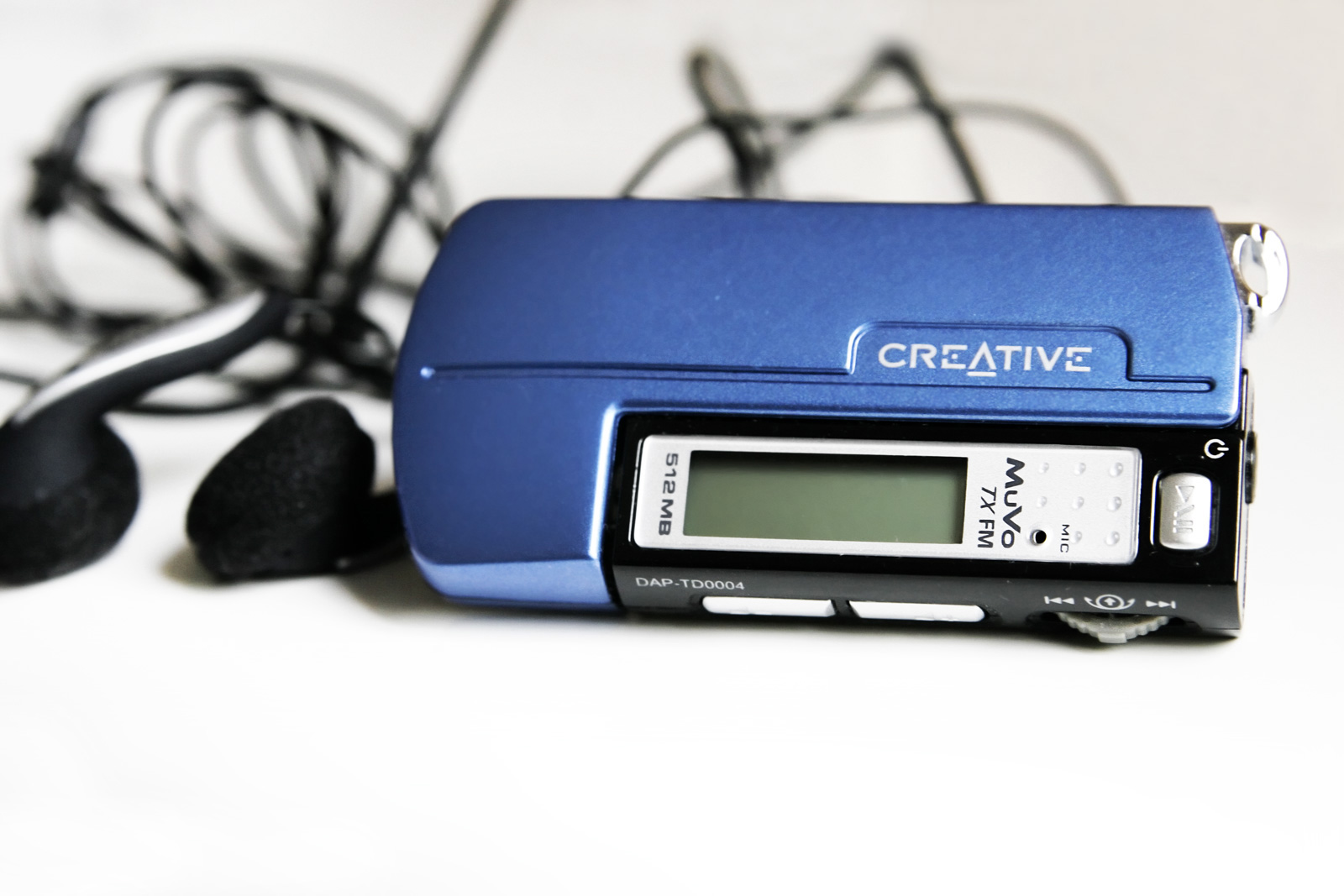|
Mac Data Recovery Guru
Mac Data Recovery Guru is a data recovery application, for macOS. It was designed to recover deleted files from hard disk drives, USB flash drives, memory cards of cameras and portable devices, MP3 players, PlayStations, X-Boxes, Wii's, palm devices and optical media. Embedded file recovery Mac Data Recovery Guru has a “Search for embedded files” option that will make it do an exhaustive search for every file type it can recover starting from every byte on the drive, instead just searching for files starting at a block boundary. This is for use by digital forensics professionals. Supported file systems macOS: HFS, HFS+, HFSX Microsoft: NTFS, FAT Linux: Ext2, Ext3, Ext4, XFS, UFS See also * Data recovery * File deletion File deletion is the removal of a computer file, file from a computer's file system. All operating systems include commands for deleting files (rm (Unix), rm on Unix, del (command), era in CP/M and DR-DOS, del (command), del/del (command) ... [...More Info...] [...Related Items...] OR: [Wikipedia] [Google] [Baidu] |
MacOS
macOS (; previously OS X and originally Mac OS X) is a Unix operating system developed and marketed by Apple Inc. since 2001. It is the primary operating system for Apple's Mac computers. Within the market of desktop and laptop computers it is the second most widely used desktop OS, after Microsoft Windows and ahead of ChromeOS. macOS succeeded the classic Mac OS, a Mac operating system with nine releases from 1984 to 1999. During this time, Apple cofounder Steve Jobs had left Apple and started another company, NeXT, developing the NeXTSTEP platform that would later be acquired by Apple to form the basis of macOS. The first desktop version, Mac OS X 10.0, was released in March 2001, with its first update, 10.1, arriving later that year. All releases from Mac OS X 10.5 Leopard and after are UNIX 03 certified, with an exception for OS X 10.7 Lion. Apple's other operating systems (iOS, iPadOS, watchOS, tvOS, audioOS) are derivatives of macOS. A promi ... [...More Info...] [...Related Items...] OR: [Wikipedia] [Google] [Baidu] |
Data Recovery
In computing, data recovery is a process of retrieving deleted, inaccessible, lost, corrupted, damaged, or formatted data from secondary storage, removable media or files, when the data stored in them cannot be accessed in a usual way. The data is most often salvaged from storage media such as internal or external hard disk drives (HDDs), solid-state drives (SSDs), USB flash drives, magnetic tapes, CDs, DVDs, RAID subsystems, and other electronic devices. Recovery may be required due to physical damage to the storage devices or logical damage to the file system that prevents it from being mounted by the host operating system (OS). Logical failures occur when the hard drive devices are functional but the user or automated-OS cannot retrieve or access date stored in it. It can occur due to corrupt engineering chip, lost partitions, deleted data, firmware failure, failed formatting/re-installation. Data recovery can be a very simple or technical challenge. This is why there ar ... [...More Info...] [...Related Items...] OR: [Wikipedia] [Google] [Baidu] |
Trialware
Shareware is a type of proprietary software that is initially shared by the owner for trial use at little or no cost. Often the software has limited functionality or incomplete documentation until the user sends payment to the software developer. Shareware is often offered as a download from a website or on a compact disc included with a magazine. Shareware differs from freeware, which is fully-featured software distributed at no cost to the user but without source code being made available; and free and open-source software, in which the source code is freely available for anyone to inspect and alter. There are many types of shareware and, while they may not require an initial up-front payment, many are intended to generate revenue in one way or another. Some limit use to personal non-commercial purposes only, with purchase of a license required for use in a business enterprise. The software itself may be time-limited, or it may remind the user that payment would be appreciated ... [...More Info...] [...Related Items...] OR: [Wikipedia] [Google] [Baidu] |
Data Recovery
In computing, data recovery is a process of retrieving deleted, inaccessible, lost, corrupted, damaged, or formatted data from secondary storage, removable media or files, when the data stored in them cannot be accessed in a usual way. The data is most often salvaged from storage media such as internal or external hard disk drives (HDDs), solid-state drives (SSDs), USB flash drives, magnetic tapes, CDs, DVDs, RAID subsystems, and other electronic devices. Recovery may be required due to physical damage to the storage devices or logical damage to the file system that prevents it from being mounted by the host operating system (OS). Logical failures occur when the hard drive devices are functional but the user or automated-OS cannot retrieve or access date stored in it. It can occur due to corrupt engineering chip, lost partitions, deleted data, firmware failure, failed formatting/re-installation. Data recovery can be a very simple or technical challenge. This is why there ar ... [...More Info...] [...Related Items...] OR: [Wikipedia] [Google] [Baidu] |
Hard Disk Drive
A hard disk drive (HDD), hard disk, hard drive, or fixed disk is an electro-mechanical data storage device that stores and retrieves digital data using magnetic storage with one or more rigid rapidly rotating platters coated with magnetic material. The platters are paired with magnetic heads, usually arranged on a moving actuator arm, which read and write data to the platter surfaces. Data is accessed in a random-access manner, meaning that individual blocks of data can be stored and retrieved in any order. HDDs are a type of non-volatile storage, retaining stored data when powered off. Modern HDDs are typically in the form of a small rectangular box. Introduced by IBM in 1956, HDDs were the dominant secondary storage device for general-purpose computers beginning in the early 1960s. HDDs maintained this position into the modern era of servers and personal computers, though personal computing devices produced in large volume, like cell phones and tablets, rely on ... [...More Info...] [...Related Items...] OR: [Wikipedia] [Google] [Baidu] |
USB Flash Drive
A USB flash drive (also called a thumb drive) is a data storage device that includes flash memory with an integrated USB interface. It is typically removable, rewritable and much smaller than an optical disc. Most weigh less than . Since first appearing on the market in late 2000, as with virtually all other computer memory devices, storage capacities have risen while prices have dropped. , flash drives with anywhere from 8 to 256 gigabytes (GB) were frequently sold, while 512 GB and 1 terabyte (TB) units were less frequent. As of 2018, 2 TB flash drives were the largest available in terms of storage capacity. Some allow up to 100,000 write/erase cycles, depending on the exact type of memory chip used, and are thought to physically last between 10 and 100 years under normal circumstances ( shelf storage timeUSB flash drives allow reading, writing, and erasing of data, with some allowing 1 million write/erase cycles in each cell of memory: if there were 100 uses ... [...More Info...] [...Related Items...] OR: [Wikipedia] [Google] [Baidu] |
Memory Card
A memory card is an electronic data storage device used for storing digital information, typically using flash memory. These are commonly used in digital portable electronic devices. They allow adding memory to such devices using a card in a socket instead of a protruding USB flash drives. History The basis for memory card technology is flash memory. It was invented by Fujio Masuoka at Toshiba in 1980 and commercialized by Toshiba in 1987. PC Cards (PCMCIA) were the first commercial memory card formats (type I cards) to come out, but are now mainly used in industrial applications and to connect I/O devices such as modems. In 1992, SanDisk introduced FlashDisk, a PCMCIA card and one of the first memory cards that did not require battery power to retain its contents. Since 1994, a number of memory card formats smaller than the PC Card arrived. The first one was CompactFlash and later SmartMedia and Miniature Card. The desire for smaller cards for cell-phones, PDAs, and co ... [...More Info...] [...Related Items...] OR: [Wikipedia] [Google] [Baidu] |
MP3 Player
A portable media player (PMP) (also including the related digital audio player (DAP)) is a portable consumer electronics device capable of storing and playing digital media such as audio, images, and video files. The data is typically stored on a compact disc (CD), Digital Video Disc (DVD), Blu-ray Disc (BD), flash memory, microdrive, or hard drive; most earlier PMPs used physical media, but modern players mostly use flash memory. In contrast, analogue portable audio players play music from non-digital media that use analogue media, such as cassette tapes or vinyl records. Digital audio players (DAP) were often marketed as MP3 players even if they also supported other file formats and media types. The PMP term was introduced later for devices that had additional capabilities such as video playback. Generally speaking, they are portable, employing internal or replaceable batteries, equipped with a 3.5 mm headphone jack which can be used for headphones or to connect to a ... [...More Info...] [...Related Items...] OR: [Wikipedia] [Google] [Baidu] |
Optical Media
In computing and optical disc recording technologies, an optical disc (OD) is a flat, usually circular disc that encodes binary data ( bits) in the form of pits and lands on a special material, often aluminum, on one of its flat surfaces. Its main uses are physical offline data distribution and long-term archival. Changes from pit to land or from land to pit correspond to a binary value of 1; while no change, regardless of whether in a land or a pit area, corresponds to a binary value of 0. Non-circular optical discs exist for fashion purposes; see shaped compact disc. Design and technology The encoding material sits atop a thicker substrate (usually polycarbonate) that makes up the bulk of the disc and forms a dust defocusing layer. The encoding pattern follows a continuous, spiral path covering the entire disc surface and extending from the innermost track to the outermost track. The data are stored on the disc with a laser or stamping machine, and can be accessed ... [...More Info...] [...Related Items...] OR: [Wikipedia] [Google] [Baidu] |
Digital Forensics
Digital forensics (sometimes known as digital forensic science) is a branch of forensic science encompassing the recovery, investigation, examination and analysis of material found in digital devices, often in relation to mobile devices and computer crime. The term digital forensics was originally used as a synonym for computer forensics but has expanded to cover investigation of all devices capable of storing digital data. With roots in the personal computing revolution of the late 1970s and early 1980s, the discipline evolved in a haphazard manner during the 1990s, and it was not until the early 21st century that national policies emerged. Digital forensics investigations have a variety of applications. The most common is to support or refute a hypothesis before criminal or civil courts. Criminal cases involve the alleged breaking of laws that are defined by legislation and that are enforced by the police and prosecuted by the state, such as murder, theft and assault agai ... [...More Info...] [...Related Items...] OR: [Wikipedia] [Google] [Baidu] |
File Deletion
File deletion is the removal of a computer file, file from a computer's file system. All operating systems include commands for deleting files (rm (Unix), rm on Unix, del (command), era in CP/M and DR-DOS, del (command), del/del (command), erase in MS-DOS/PC DOS, DR-DOS, Microsoft Windows etc.). File managers also provide a convenient way of deleting files. Files may be deleted one-by-one, or a whole blacklist directory tree may be deleted. Purpose Examples of reasons for deleting files are: *Freeing the disk space *Removing duplicate or unnecessary data to avoid confusion *Making Information sensitivity, sensitive information unavailable to others *Removing an operating system or blanking a hard drive Accidental removal A common problem with deleting files is the accidental removal of information that later proves to be important. A common method to prevent this is to Backup, back up files regularly. Erroneously deleted files may then be found in archives. Another techniqu ... [...More Info...] [...Related Items...] OR: [Wikipedia] [Google] [Baidu] |
List Of Data Recovery Software
In computing, data recovery is a process of retrieving deleted, inaccessible, lost, corrupted, damaged, or formatted data from secondary storage, removable media or files, when the data stored in them cannot be accessed in a usual way. The data is most often salvaged from storage media such as internal or external hard disk drives (HDDs), solid-state drives (SSDs), USB flash drives, magnetic tapes, CDs, DVDs, RAID subsystems, and other electronic devices. Recovery may be required due to physical damage to the storage devices or logical damage to the file system that prevents it from being mounted by the host operating system (OS). Logical failures occur when the hard drive devices are functional but the user or automated-OS cannot retrieve or access date stored in it. It can occur due to corrupt engineering chip, lost partitions, deleted data, firmware failure, failed formatting/re-installation. Data recovery can be a very simple or technical challenge. This is why there are ... [...More Info...] [...Related Items...] OR: [Wikipedia] [Google] [Baidu] |




